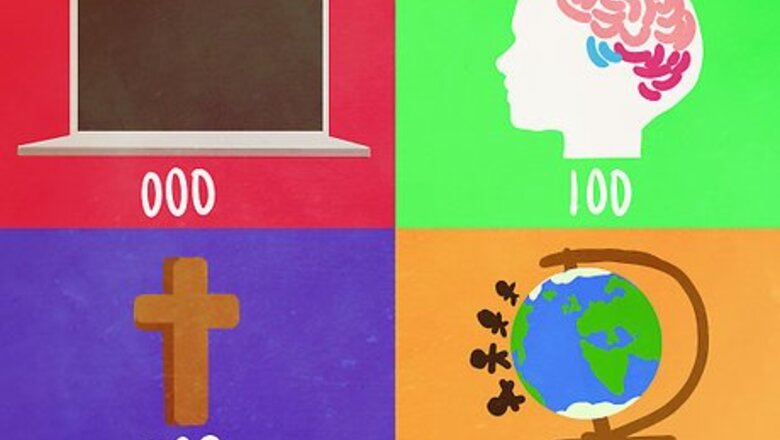
views
Shelve Books According to the Dewey Decimal System
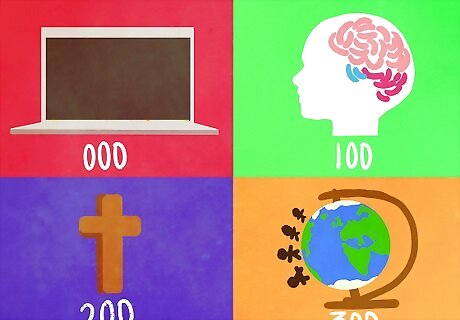
Learn how the Dewey Decimal System works. Learning the system is not difficult because it is logically organized and built on a decimal base. Essentially, every class of book is assigned a category number (a whole number, such as 800) and a cutter number or numbers (numbers to the right of the decimal point). These are the numbers you see on the spine of a library book, and they are referred to as the call number. The system is comprised of ten classes, which are further divided into 10 more subcategories, and each of those subcategories contains 10 subdivisions. The 10 main classes of the Dewey Decimal System are: 000—Computer science, information and general works 100—Philosophy and psychology 200—Religion 300—Social Sciences 400—Language 500—Science 600—Technology and applied science 700—Arts and recreation 800—Literature 900—History and geography
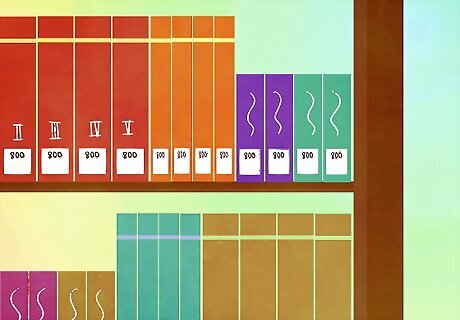
Remember that the purpose of call numbers is to group books of the same subject together, and is comprised of at least two parts: the Class number (000 through 900) and the cutter number. The class number is a whole number and the cutter number(s) are placed after the decimal point.
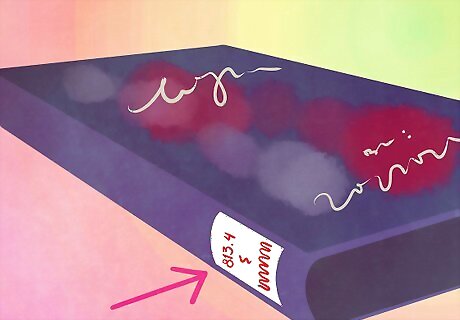
Get a feel for how a classification is broken down. Here is a short example of how you would find or shelve a book about American fiction literature written between 1861 and 1900. (The broad classification for literature is “800.”) Look at the second number after the “8.” The number “1” indicates that the book is further classified as “American literature in general.” The second number after the “8” further defines the division; 811 is American poetry, 812 is American Drama, 813 is American fiction, 814 is American essays and so on. Look at the first number after the decimal point; this number refines the classification even further. Thus, a book with a call number of “813.4,” tells you that the book is American fiction written between 1861 and 1900. Obviously, the more numbers, the more specific the subject.
How to Shelve Books According to the Library of Congress Classification System
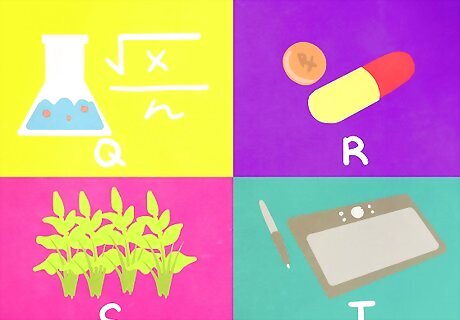
Learn the 20 classifications the Library of Congress uses to separate areas of knowledge. Each class corresponds to a letter of the alphabet. A General Works B Philosophy-Religion-Psychology C History (Civilization) D History (Except America) E American History F Local American history, Latin American History G Geography and Anthropology H Social Sciences J Political Science K Law M Music N Fine Arts P Language and Linguistics Q Science and math R Medicine S Agriculture T Technology U Military Science V Naval Science Z Bibliography and Library Science
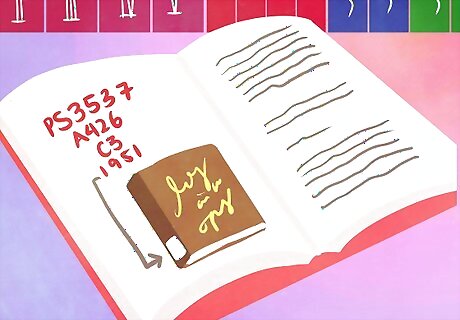
Read more about how each class is further subdivided into subclasses, using a combination of letters and numbers. As with the Dewey Decimal System, the more numbers and letters contained in a call number, the more specific the classification is—and the easier it is to find or shelve the book. The LC call number “PS3537 A426 C3 1951,” identifies the “Catcher in the Rye,” by J. D. Salinger, which was published in 1951 (the last four numbers in the call number.)











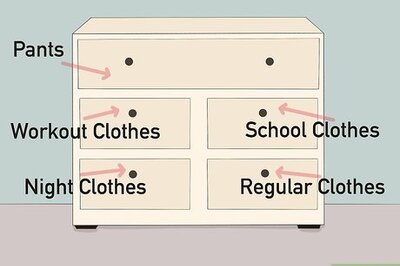





Comments
0 comment